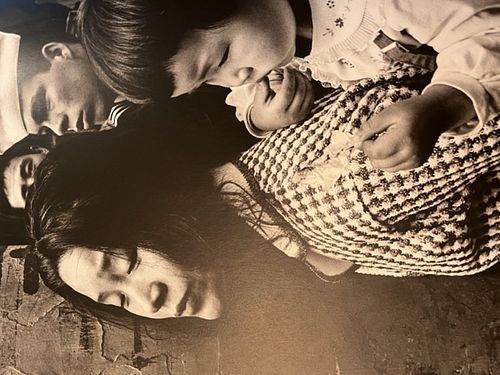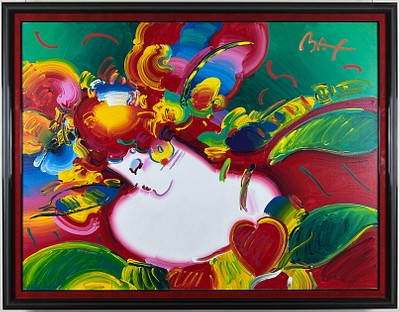Shomei Tomatsu "Untitled" Print.
Lot 148
Categories
Estimate:
$200 - $400
Absentee vs Live bid
Two ways to bid:
- Leave a max absentee bid and the platform will bid on your behalf up to your maximum bid during the live auction.
- Bid live during the auction and your bids will be submitted real-time to the auctioneer.
Bid Increments
| Price | Bid Increment |
|---|---|
| $0 | $5 |
| $100 | $10 |
| $200 | $20 |
| $1,000 | $50 |
| $5,000 | $100 |
| $10,000 | $200 |
About Auction
By Scottsdale Art Exchange
Jul 29, 2023
Set Reminder
2023-07-29 12:00:00
2023-07-29 12:00:00
America/New_York
Bidsquare
Bidsquare : Our Annual Midsummers Day Auction
https://www.bidsquare.com/auctions/scottsdale-art-exchange/our-annual-midsummers-day-auction-13196
This auction will feature 900 amazing items. The Auction will include 300 items for our fine art gallery and over 600 items from our consignment partners. Scottsdale Art Exchange sue@firerockfineart.com
This auction will feature 900 amazing items. The Auction will include 300 items for our fine art gallery and over 600 items from our consignment partners. Scottsdale Art Exchange sue@firerockfineart.com
- Lot Description
Shomei Tomatsu was a renowned Japanese photographer born on December 9, 1930, in Nagoya, Japan, and passed away on December 14, 2012. He is widely regarded as one of Japan's most influential photographers, known for his powerful and thought-provoking images that captured the social and cultural transformations in post-war Japan. Tomatsu began his photographic career in the 1950s, documenting the aftermath of the atomic bombing in Nagasaki, his hometown, and the U.S. military presence in Japan. His series ""Nagasaki 11:02"" (1966) depicted the haunting effects of the atomic bomb on the city and its inhabitants, focusing on the physical and psychological scars left by the devastation. Throughout his career, Tomatsu explored various subjects and themes, including the Americanization of Japanese culture, the impact of modernization, and the tensions between tradition and progress. His photographs often conveyed a sense of ambiguity, capturing moments of social change and capturing the complexities of the human condition. Tomatsu was a founding member of the influential Japanese photography agency VIVO, established in 1959, which played a crucial role in promoting documentary photography as an artistic medium in Japan. He was also an active member of the Provoke movement, a short-lived but highly influential avant-garde photography movement in the late 1960s and early 1970s. His body of work expanded beyond Japan, and he documented various locations worldwide, including Okinawa, the Philippines, and the United States. Tomatsu's photographs combined a keen eye for composition with a deep understanding of the historical and social context in which he worked, resulting in images that captured the complexities of the changing world around him. Shomei Tomatsu's photography has been exhibited extensively both in Japan and internationally. He has received numerous awards for his contributions to photography, including the Hasselblad Foundation International Award in Photography in 2003. His work continues to be recognized for its artistic and historical significance, and he is considered a seminal figure in the development of Japanese photography.
Measures 9.51 x 11.26
Verso is blank.
Mounted to archival quality paper.Good condition. No rips, tears, creases.Condition
- Payment & Auction Policies
-
Available payment options
-
-
- Buyer's Premium



 EUR
EUR CAD
CAD AUD
AUD GBP
GBP MXN
MXN HKD
HKD CNY
CNY MYR
MYR SEK
SEK SGD
SGD CHF
CHF THB
THB
























